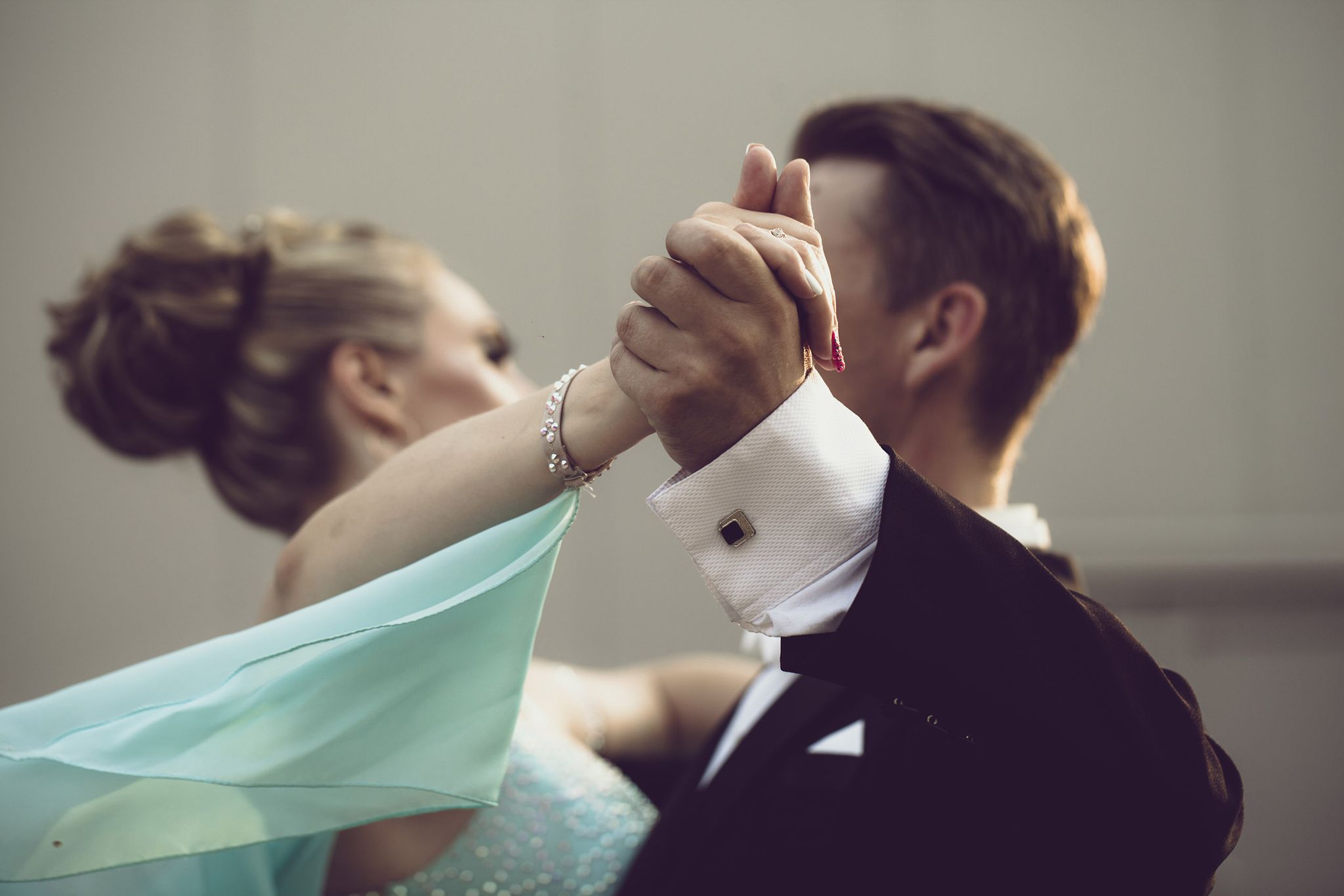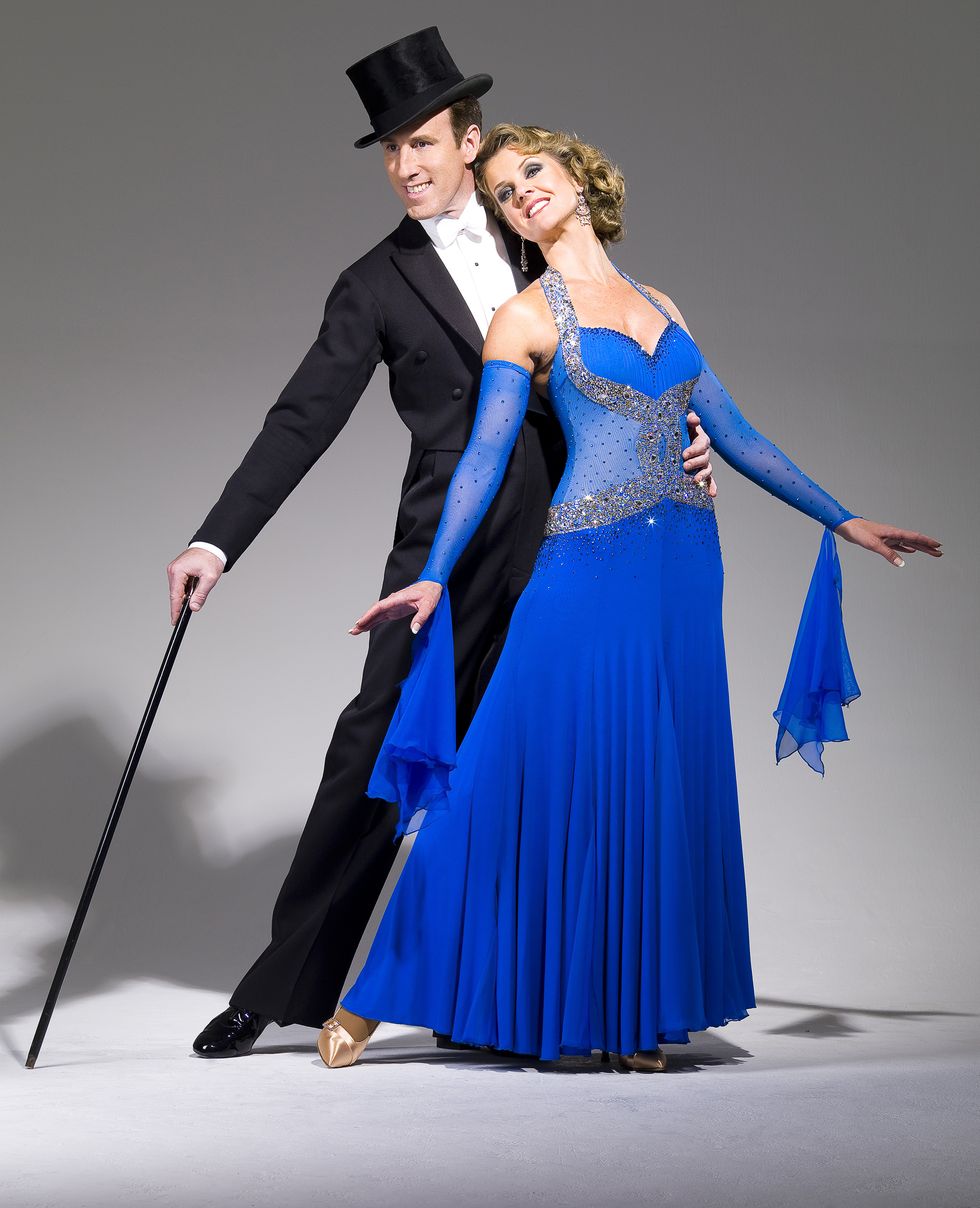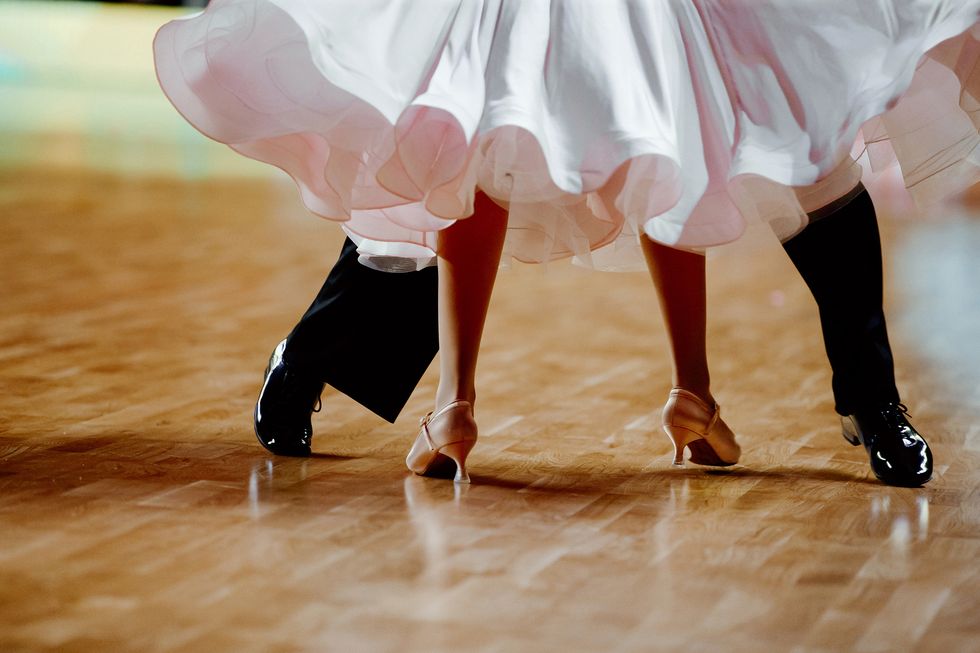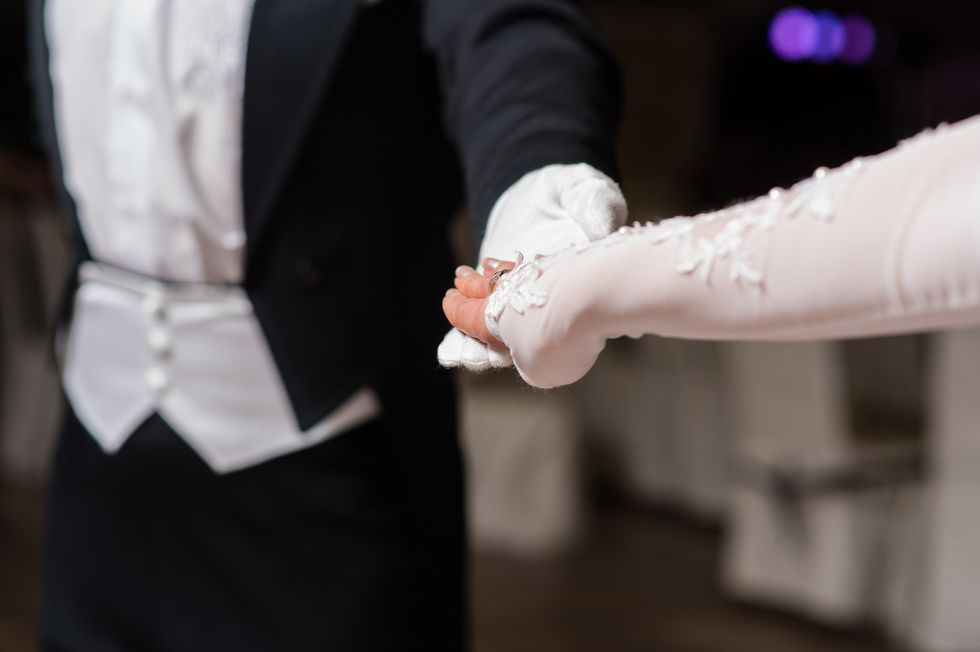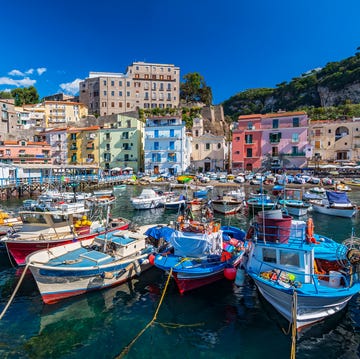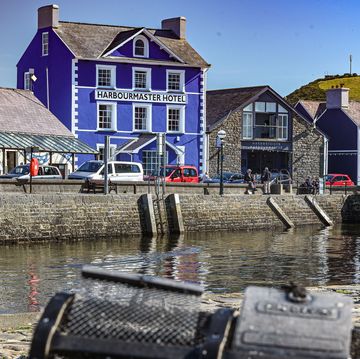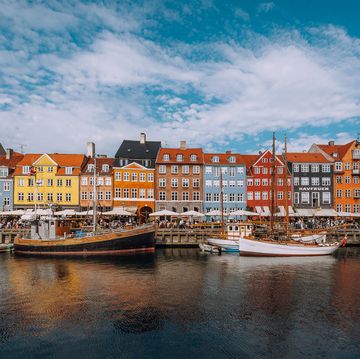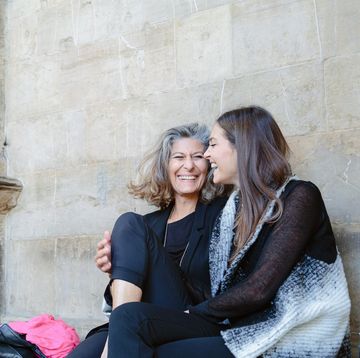The waltz is one of the most iconic dances, with TV shows like Strictly Come Dancing sparking a new interest in the classic, sophisticated style of dancing associated with traditional ballroom parties and performances.
Fans of the traditional dance can do more than just watch their favourite celebs showing off the steps, as this year you can learn all about the waltz from Strictly stars Anton du Beke and Erin Boag during a cruise holiday.
As well as enjoying a private performance from the couple in Vienna, you'll be taught how to dance the waltz by the professionals as you cruise down the Danube.
To get you in a dancing mood, we’ve rounded up eight interesting things you might not know about Europe’s most seminal dance.
1. Its name means ‘to turn’ in German
The name of the dance comes from the German word waltzen, meaning to turn or to glide. It is thought to have developed either from the folk music and associated dances of rural west Austria, in the Tyrol region, or from an earlier dance, the volta, from the 16th century.
2. Waltzing is similar to early peasant dances
Though popularised across the opulent ballrooms of western Europe, where it became a craze among younger members of the aristocracy and was introduced to the Royal courts, turning dances had been popular among peasants in Bavaria and other parts of Germany for decades, who were less constrained by the strict rules of etiquette adhered to by the upper classes.
3. It was controversial at first
The waltz was initially decried by older generations of the aristocracy and religious leaders as an obscene and immoral dance, due to the proximity of the dancers.
Whereas previous formal dancing styles involved very limited human contact (hand-holding at most), the waltz was far more tactile and fast-paced than its predecessors, leading to newspapers panicking about its impact on the traditional sexual mores of the time.
4. Public dance halls were created because of it
The rapid popularisation of waltzing in the late 18th and early 19th centuries led to the opening of public dance halls. London was home to one of the first, Carlisle House, which was opened in 1760 by a Venetian opera singer.
5. It inspired composers
Some of Europe’s most important composers of the period were inspired by the waltz, and quickly produced music for it. In particular, Johann Strauss the Elder and his son, Johann the Younger, were both fans of the dance, and wrote works that are considered some of their finest for it. One example is ‘The Blue Danube’, composed by the younger Strauss in 1866, which is the perfect soundtrack to a cruise down the famous river.
6. Some regarded it as too simple
As well as moral objections to the dance, there were concerns among professional dancers that the ease with which the waltz could be learned would result in the devaluation of their profession.
Whereas the basic steps of the 3/4 waltz were quickly picked up, its traditional forerunners such as the minuet demanded far more practice to master its complex figures and postures stylishly.
7. Queen Victoria loved it
Despite the reservations of sections of polite society to the new youth craze, it had a fan in the most famous, and powerful, monarch of the era – Queen Victoria. An avid ballroom dancer, Victoria took to the new style with aplomb, often waltzing with her beloved German husband, Prince Albert.
8. It spread across the Atlantic
Following the American civil war, the waltz became a prominent fixture of the party scene, where American proponents of the dance developed their own styles. The most well-known of these is the Boston Waltz, a slower version of its (rapid) Venetian cousin, with elongated, gliding steps.
Book your place on a musical cruise down the Danube, immersing yourself in the architecture and history of cities like Vienna and Budapest, alongside Strictly Come Dancing’s Anton du Beke and Erin Boag.
